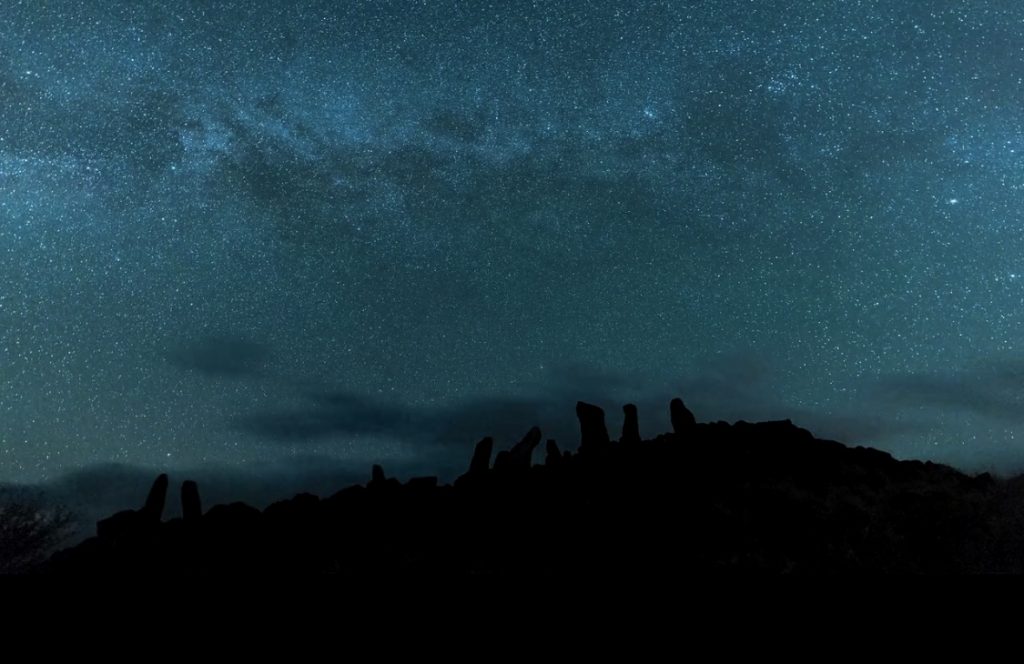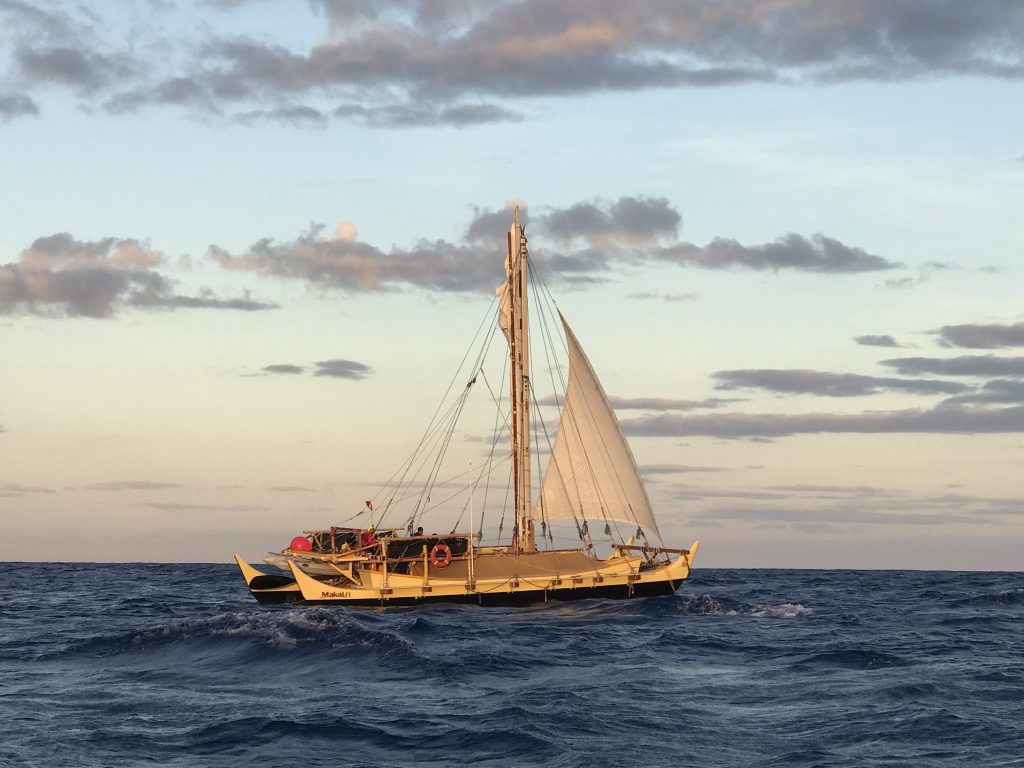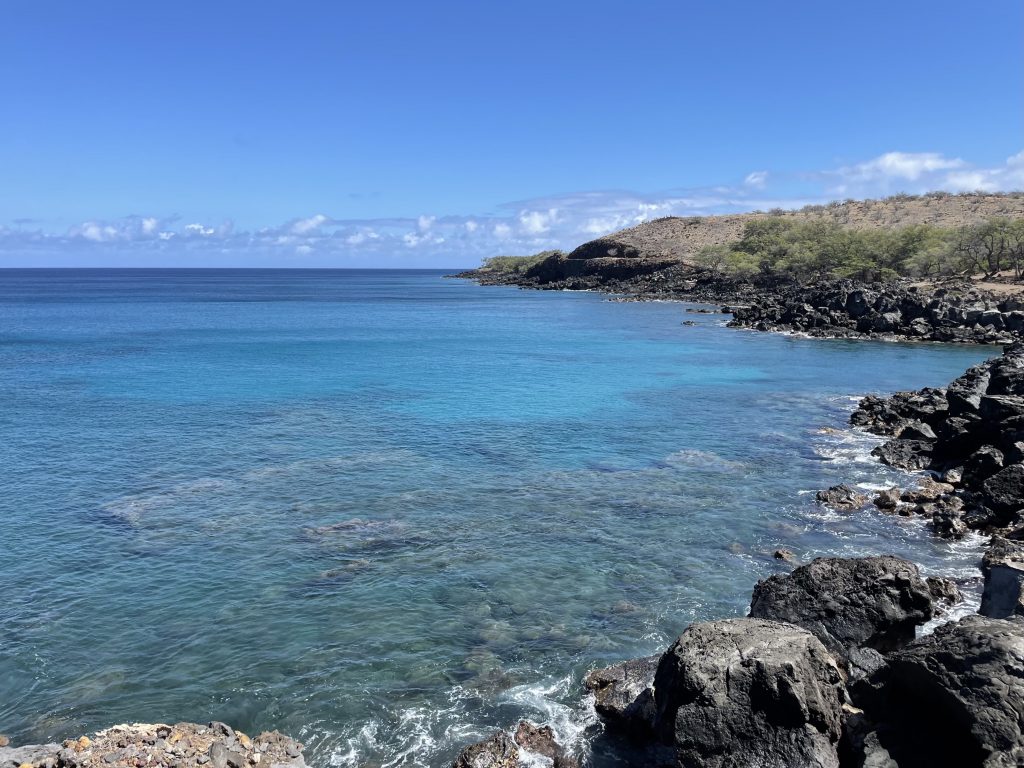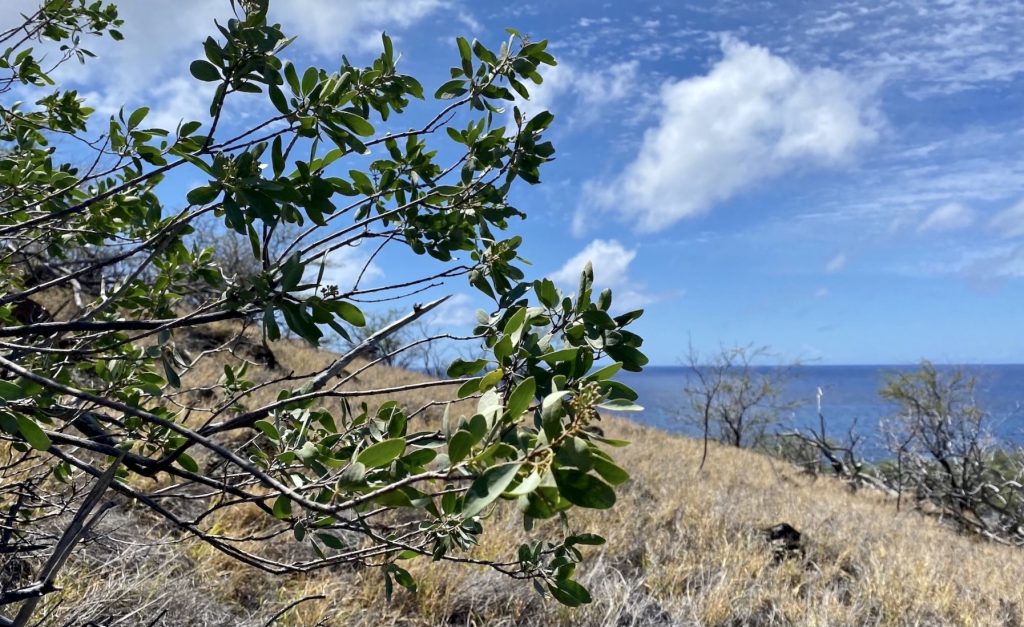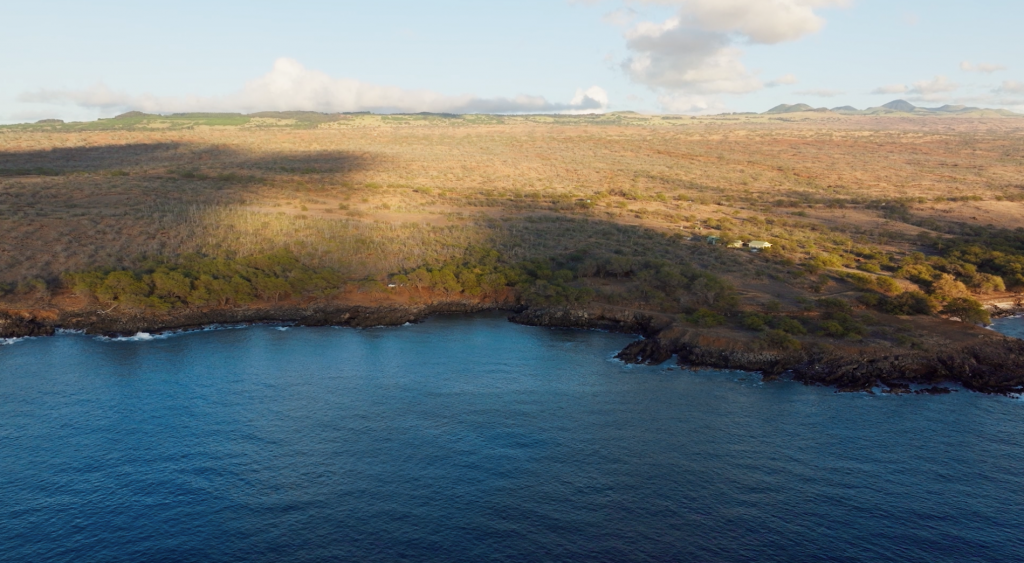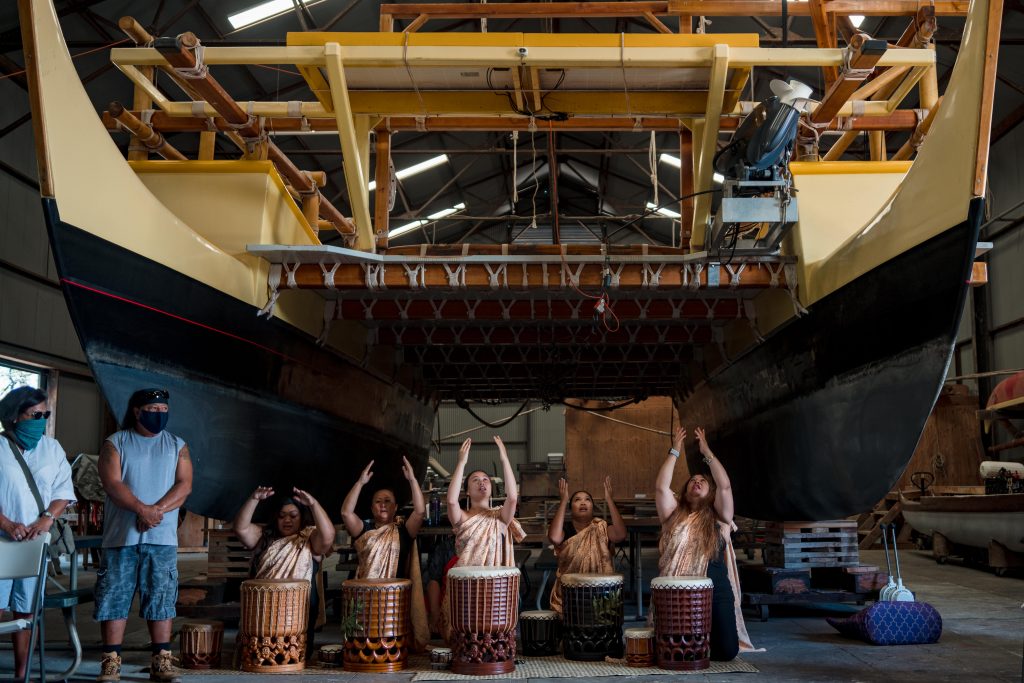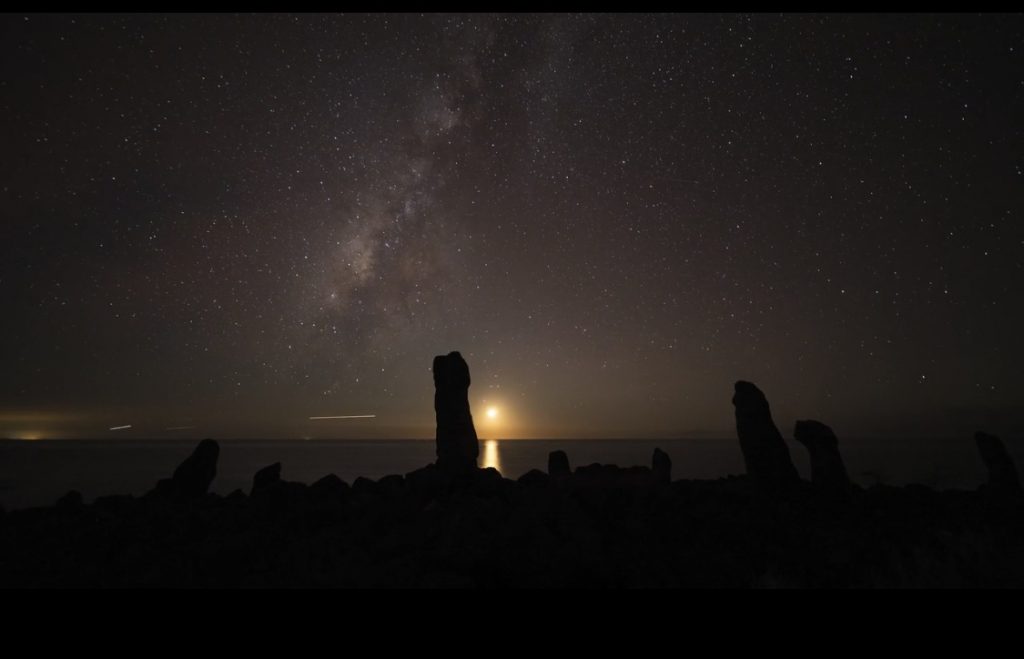Hawai‘i Land Trust purchases 642 acres at Mahukona, forever protecting important cultural site on Big Island’s Kohala Coast

A place referenced in ancient ʻoli (chants) as ʻāina kupaianaha (extraordinary lands) in West Hawai’i on the Big Island will now be forever protected because of a collaboration between two nonprofit organizations and help from the Kohala community and the federal, state and Hawaiʻi County governments.
Hawai‘i Land Trust, a statewide nonprofit dedicated to protecting lands integral to Hawaiʻi’s well-being and character, in partnership with nonprofit Nā Kālai Waʻa, rooted in perpetuating and passing on wayfinding knowledge to future generations, has closed on its largest preserve purchase ever, permanently protecting 642 acres at Mahukona on the Kohala Coast, just off Highway 270 and north of Lapakahi State Historical Park.
The property includes the coastal regions of six ahupua‘a (historic land divisions), including a portion of the famed Kohala Field System. This expansive landscape also provides habitat for threatened and endangered native plants and animals.
It is a rare space for Hawaiian cultural practice and subsistence gathering to thrive.
“We are deeply grateful to Hawai‘i Land Trust, Nā Kālai Waʻa, lineal descendants and our collaborative partners for working together to secure the perpetual protection of 642 acres at Mahukona,” said Hawai‘i County Mayor Mitch Roth. “This huge undertaking ensures the safeguarding of cultural sites, fosters environmental resilience and highlights community-based stewardship on a truly massive scale.”

Mahukona holds layered histories of a bustling harbor town and has served as a training ground for non-instrumental navigation for the past 1,000 years — a practice once lost, yet continues today. To date, 175 ancient cultural sites have been identified in the area, including four heiau (temples), agricultural and housing villages and complexes, shrines, burials and ancient trails.
Among these sites is Ko‘a Heiau Holomoana, a navigational heiau known and highly regarded throughout Moananuiākea (the Pacific Ocean).
Since the 1980s, the lands have been slated for various development proposals, with a portion of the property previously zoned for resort development.
Hawai‘i Land Trust’s ownership of its eighth preserve, with a conservation easement held by Hawai‘i County, ensures the property’s permanent protection, environmental resilience and indigenous-led, community-based stewardship and education for all.
Nā Kālai Waʻa’s founders studied non-instrumental navigation under Papa Mau Piailug, who observed and studied at Mahukona. The organization was eventually entrusted and introduced to the function of Koʻa Heiau Holomoana for navigation, inheriting kuleana (responsibility) to mālama (care for) the place.
Hawai‘i Land Trust and Nā Kālai Waʻa will co-steward Ko‘a Heiau Holomoana and associated cultural sites with the generational ʻohana, providing ‘āina- (land-) and culture-based educational opportunities.

“Twenty years from now, I can see that Koʻa Heiau Holomoana will continue to be that school — it will continue to write the stories from this generation now, to allow them to see the importance of caring for place,” said senior captain, master navigator and Nā Kālai Waʻa Executive Director Chadd Paison.
Nā Kālai Waʻa also will continue using a warehouse it renovated on site, where it drydocks its voyaging canoe Makali‘i and other sailing vessels.
Hawaiʻi Land Trust President and CEO ‘Olu Campbell said taking on the preservation of Mahukona is an immense kuleana and the organization is committed to caring for the ʻāina to the best of its ability to ensure it continues to support the well-being of Kohala’s people.
“We feel so privileged to have been welcomed by Nā Kālai Waʻa and lineal descendants of Mahukona to a place of such cultural significance and community importance,” said Campbell. “I am grateful for the community’s trust in our organization to close this acquisition and take on perpetual stewardship of these lands and for all the partners and donors whose efforts and contributions have brought us to this point.”
The Hawaiʻi County Public Access, Open Space and Natural Resources Preservation Commission in 2020 ranked Mahukona its No. 1 priority for protection. Members of the Kohala community have been nominating Mahukona for protection year after year since 2012.
With the support of the County, Hawaiʻi Department of Land and Natural Resources, U.S. Fish and Wildlife Service and private contributors, Hawaiʻi Land Trust has raised $18.86 million toward the total project goal of $20 million.
“The protection of Mahukona in perpetuity means that Hawaiʻi’s people will always have a foundational site of navigation that connects us to all of the Pacific,” said Department of Land and Natural Resources Deputy Director Laura Kaakua. “May traditional Hawaiian navigation and ʻāina stewardship practices thrive forever more at Mahukona and across Hawaiʻi.”
With the purchase now complete, the nonprofit is seeking support to raise the remaining $1.14 million needed for community co-stewardship of Mahukona.
“Mahalo to all who have dedicated, and continue to dedicate, their efforts to preserving our island’s rich ‘āina and vibrant cultural history,” Roth said.
Sponsored Content
Comments






